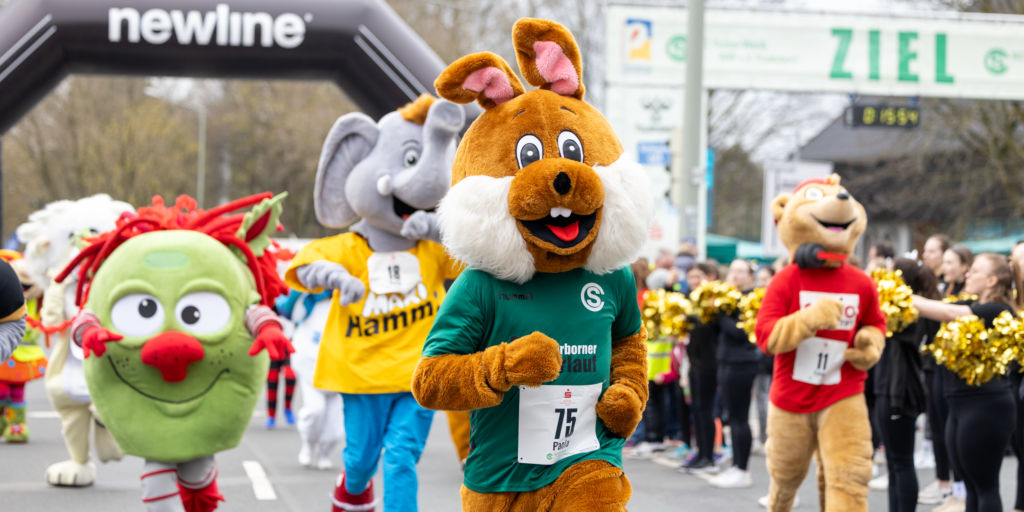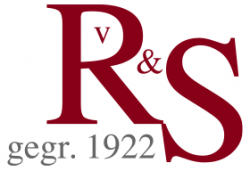German Road Races (GRR) e.V.
Die Stimme des Laufsports
German Road Races (GRR) e.V. ist die Interessensgemeinschaft der Lauf-Veranstalter in Deutschland. Seit vielen Jahren kümmern wir uns um alle Belange des Laufsports und können dabei vielbeachtete Erfolge vorweisen. Als Stimme des Laufsports berichten, kommentieren und dokumentieren wir das Geschehen im Laufsport, in der Leichtathletik, der Sportpolitik, der Sportmedizin und weiteren interessanten Themen und erarbeiten dabei auf unterschiedlichen Feldern eigenständige Positionen und Aktivitäten.
Wir freuen uns über Ihr Interesse am Laufsport und den vielen Veranstaltungen, die unsere Mitglieder im Laufe eines Jahres anbieten. Nutzen Sie das breite Lauf- und Walking-Angebot für Jung und Alt, für Breiten- und Leistungssportler im Wald, auf der Straße oder dem in der Natur zugänglichen Terrain, das Ihnen Spaß und Freude, zudem auch ein Höchstmaß an Erholung bietet.
Wir freuen uns auf Sie.
Hier geht es zu der News Seite von German Road Races
Für alle Laufveranstaltende
Warum es sich lohnt
- Erfahrungsaustausch und Know-How-Transfer
- Miteinander und voneinander lernern
- Vertrauliches und kollegiales Miteinander
- Wir sind bereits über 50 Laufveranstaltende, die sich austauschen
- Das Beste für alle Läuferinnen und Läufer bieten
- Regelmäßiger Austausch und Impulse in Online-Meetings
Nimm unverbindlich Kontakt mit uns auf und erfahre in einem persönlichen Gespräch, warum es sich für alle Laufveranstaltende lohnt, dabeizusein und Mitglied unserer Communtity zu werden.
Ob Straße, Trail oder Ultra, ob Volkslauf oder internationaler Marathon, bei uns seid Ihr willkommen.
Community und Forum - wir sehen uns
- Wir treffen uns einmal im Jahr für ein mehrtägiges Jahrestreffen. In 2024 wird das in Hannover sein. Projekte, die wir angehen, werden von Arbeitsgruppen umgesetzt, die sich nach Bedarf treffen und natürlich sehen wir uns regelmäßig auf unseren jeweiligen Laufveranstaltungen.
- Seit Anfang 2024 aber haben wir unseren Austausch digitalisiert und nutzen Videokonferenzen und ein Forum, um uns öfter zu sehen und über alle Themen zu sprechen, die uns verbinden und beschäftigen.
- Immer wieder laden wir auch externe Expertinnen und Impulsgeber ein, die uns helfen, über den Tellerrand hinauszudenken.

Unsere Kooperationspartner


Die nächsten Laufevents unserer Mitglieder
- 2024-07-06 00:00:00
Halbmarathon, 10 km Lauf, Bambinilauf, Unterwäschelauf, High Heels Lauf
- 2024-07-07 00:00:00
400 m, 1,2 km Lauf, 2,5 km Lauf
- 2024-08-03 00:00:00
Marathon, Halbmarathon, Staffelmarathon, Schülerläufe
- 2024-08-11 00:00:00
Marathon, Ultra Lauf 56 km, Marathon Walk, Marathon Staffel
- 2024-08-17 00:00:00
16 km-Lauf, Schülerlauf, 10 km-Lauf
- 2024-08-24 00:00:00
250 km-lange Kurs mit 30 Streckenabschnitte
- 2024-08-30 00:00:00
5 km-Lauf, Staffellauf, Bambini-Lauf, Schüler-Lauf
- 2024-09-01 00:00:00
Marathon, Halbmarathon, Staffelmarathon, 10 km Lauf, Kidslauf, Bambinilauf
- 2024-09-08 00:00:00
Marathon, Staffelmarathon mit jeweils 4 Läufern, 28 km
- 2024-09-08 00:00:00
10 Meilen-Lauf, 5 km-Lauf, Kinderlauf
- 2024-09-15 00:00:00
Marathon, Halbmarathon, Team-Marathon, Walking 21,1 km
- 2024-09-15 00:00:00
Halbmarathon, 6 km-Lauf, Hobbylauf
- 2024-09-15 00:00:00
Extrem-Hindernislauf 15 km, 10 km, 5 km
- 2024-09-15 00:00:00
Marathon, Marathon-Staffel, Halbmarathon, Handbiker-Halbmarathon, Power Walking-Halbmarathon, Walking, Mini-Marathon, Bambini Lauf
- 2024-10-06 00:00:00
Marathon, Halbmarathon, Staffelmarathon, Kinderlauf
- 2024-10-13 00:00:00
Marathon, Halbmarathon, Staffelmarathon, Nordic-Walking
- 2024-10-13 00:00:00
Marathon, Halbmarathon, 10 km-Lauf, Marathonstaffel, Trachtenlauf
- 2024-10-13 00:00:00
Marathon, Halbmarathon, 10 km-Lauf, 4 km-Lauf
- 2024-10-13 00:00:00
Marathon, Halbmarathon, 10 km-Lauf, Staffellauf, 3 km-Lauf, Schnupperlauf 1 km Lauf, Walking
- 2024-10-13 00:00:00
Marathon, ¾ Marathon, Halbmarathon, 10km, Duo-Marathon, Team-Marathon (3), Staffel-Marathon (8)
- 2024-10-20 00:00:00
5 km-Lauf, 10 km-Lauf, Halbmarathon
- 2024-10-27 00:00:00
Marathon, DuoMarathon, Halbmarathon, 10 km
- 2024-12-31 00:00:00
15 km, 5 km, Walking
- 2024-03-17 00:00:00
Marathon, Halbmarathon, 63,3 km-Lauf
- 2024-03-17 00:00:00
50 km-Lauf, Marathon, 33,33 km-Lauf, 10 km-Lauf, 5 km-Lauf, 1 km Kidslauf
- 2024-03-24 00:00:00
10 km-Lauf, 5 km-Lauf, Schülerlauf
- 2024-03-30 00:00:00
Bambini-Lauf, 5 km, 10 km, Halbmarathon, Inlinerrennen
- 2024-04-07 00:00:00
Halbmarathon, Marathon, Staffel, 10 km, Schülerlauf
- 2024-04-07 00:00:00
Halbmarathon, 10 km, 5km, Schülerlauf
- 2024-04-07 00:00:00
Marathon, Duo-Marathon, Halbmarathon
- 2024-04-14 00:00:00
Marathon, Halbmarathon, 10km-Lauf, Walking/ Nordic-Walking, Fun-Run, Kinderlauf
- 2024-04-18 00:00:00
Marathon, Halbmarathon, 10 km-Lauf, Walken, Wandern, Inline-Skating, Radfahren
- 2024-04-21 00:00:00
Marathon, Halbmarathon, 5 km Lauf, Bike&Run, Inklusionslauf, Bambini-Lauf
- 2024-04-21 00:00:00
PRÄG 5000m, BSG-Allgäu ¼ Marathon 10,55, Sparkasse Allgäu KidsRun
- 2024-04-28 00:00:00
5 km, 10 km, Halbmarathon, Marathon
- 2024-05-26 00:00:00
Marathon, Halbmarathon, 10 km, Staffelmarathon
Partner, auf die wir setzen







